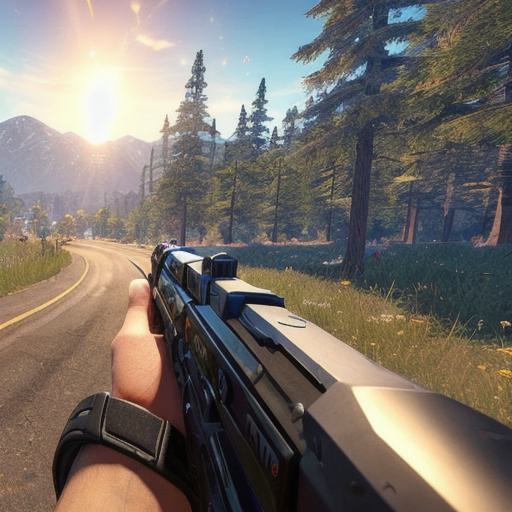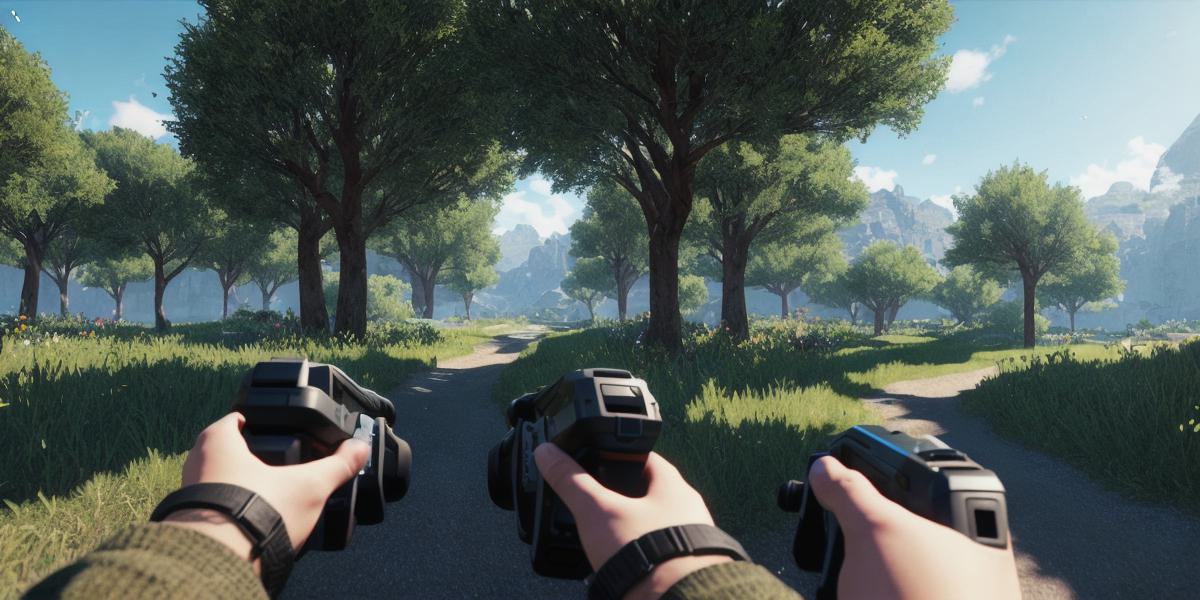Introduction
Welcome, web developers!
Today, we’ll explore how to effectively utilize Unity, a powerful development environment, to create immersive gaming experiences. Unity offers a wide range of features, from 2D and 3D graphics to physics simulations and multiplayer networking.
Let’s dive in!
1. Understanding Unity’s Features
Unity comes packed with essential features for game development:
**Visual Editor:**
A user-friendly interface that allows designing scenes and creating animations visually, without the need to write code.
**C Scripting:**
For advanced functionality and custom game mechanics.
**Physics Engine:** Realistic physics simulation for objects and characters in the game world.
**Multiplayer Networking:** Real-time multiplayer games using Unity’s High-Level Networking API or Unity Multiplayer (formerly Unity-as-a-Service).
**Assets Store:**
A marketplace for purchasing pre-made assets, such as 3D models, textures, and sound effects.
**2. Setting up Your Development Environment**
Before creating your immersive gaming experience, ensure that you have the following prerequisites:
Download and install Unity Hub (the hub acts as a centralized platform for managing multiple versions of Unity).
Install the appropriate version of Unity for your project using the hub.
Set up a development environment with an Integrated Development Environment (IDE) like Visual Studio or MonoDevelop.
**3. Creating Your First Project**
Begin by creating a new 2D or 3D project in Unity, depending on your gaming experience requirements.
Start building your game by:
Setting up the scene: Add backgrounds, objects, characters, and other elements to create an engaging environment.

Writing scripts: Use C scripting for custom functionality, physics interactions, and game mechanics.
Importing assets: Utilize pre-made assets from the Assets Store to save time and improve your project’s quality.
Creating animations: Use Unity’s animation tools or import animated assets to bring your characters and objects to life.
**4. Optimizing Your Game for Web**
To deploy your game on the web, you must optimize it for the web platform:
**WebGL Build:** Export your project as a WebGL build, which can be run directly in a web browser without the need for plugins or additional software installations.

**Compression:** Use Unity’s built-in compression features to minimize file size and improve loading times for your game.
**Performance optimization:** Optimize your graphics, animations, and scripts to ensure smooth performance in the browser environment.
**5. Conclusion**
Unity offers an extensive range of features for creating immersive gaming experiences.
